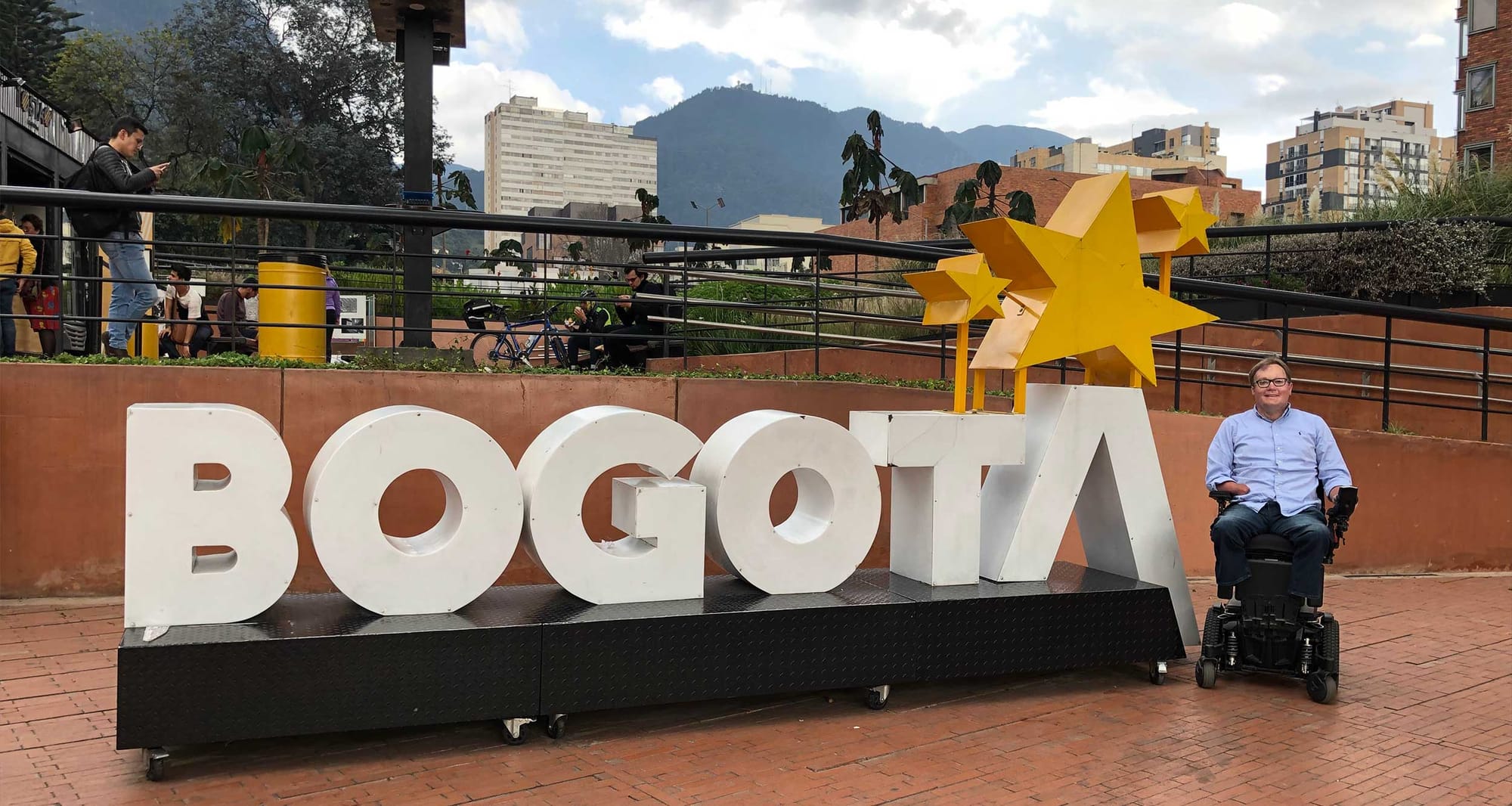
Colombia is an interesting country, and the capital city of Bogota has a great deal to offer tourists. In this article, I’ve highlighted some of the city’s most popular (and most wheelchair-friendly) things to do, including the glittering Gold Museum, the iconic Bolivar Square, and the ultimate viewpoint at the top of Monserrate Hill. Plan your itinerary with this guide to wheelchair accessible attractions in Bogota and get on with exploring the city!
Cable Car & Funicular Ride to the Top of Monserrate Hill
Monserrate is a hill that rises from the edges of downtown Bogotá, Colombia, reaching a height of 10,341 feet. The hill is not only a geographic feature of the city, but a site of history, religious devotion and touristic appeal.
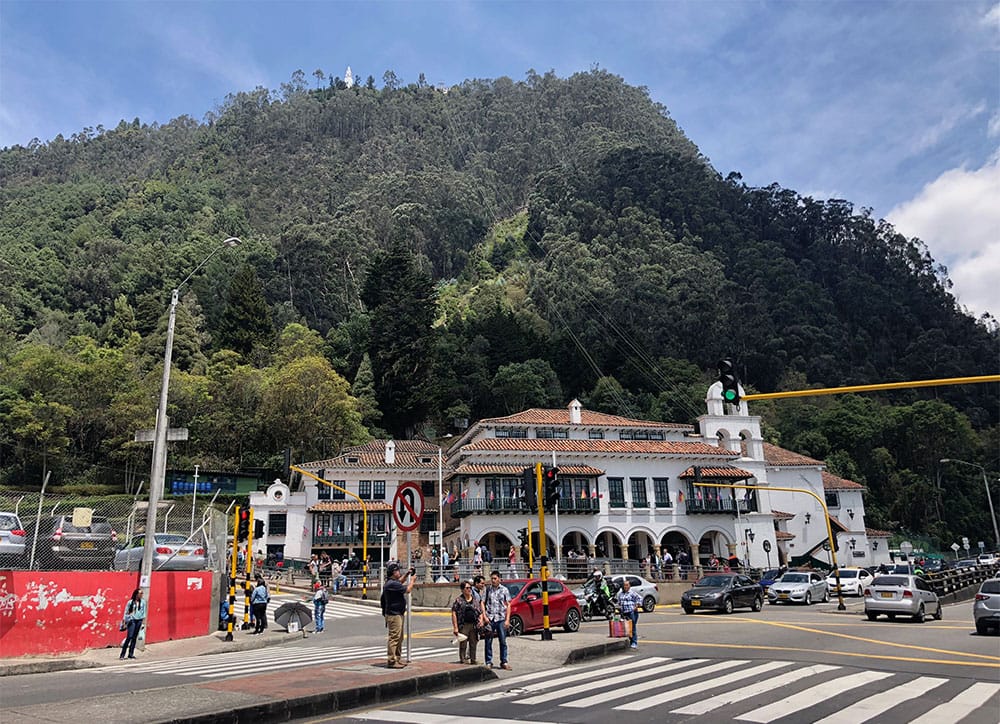
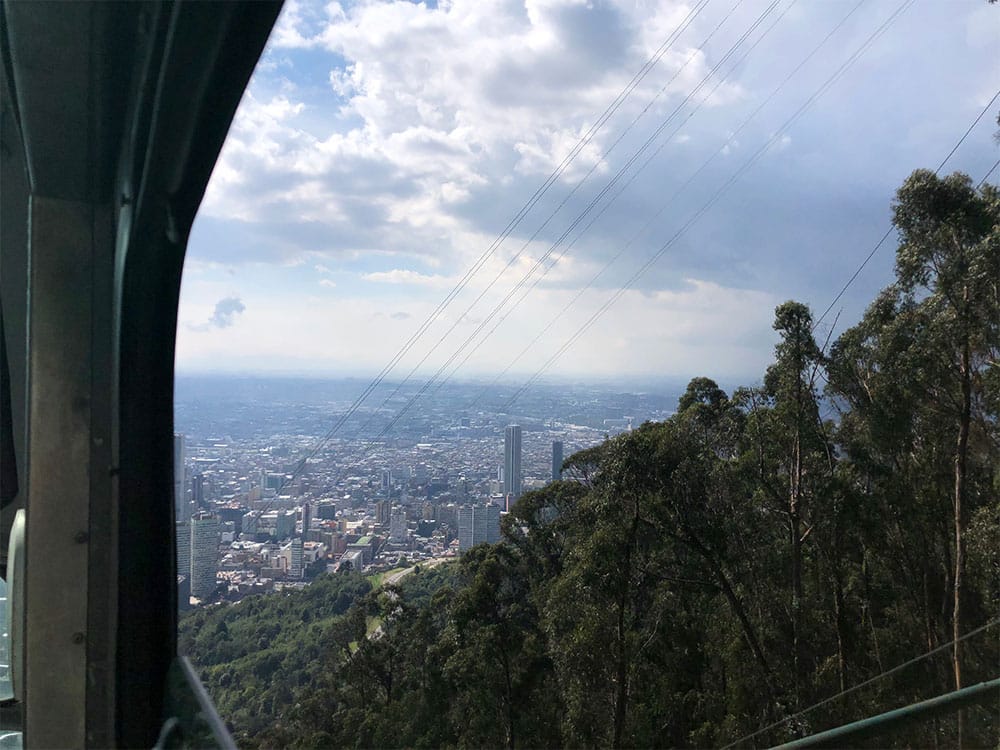
To get to the top of the hill, you’ll have to ride the cable car or a funicular. Both are wheelchair accessible. During my trip to Bogota, the cable car was closed, so I was only able to ride the funicular. The funicular is wheelchair accessible, but you should read my complete report on wheelchair accessibility at Monserrate hill to prepare for your visit.
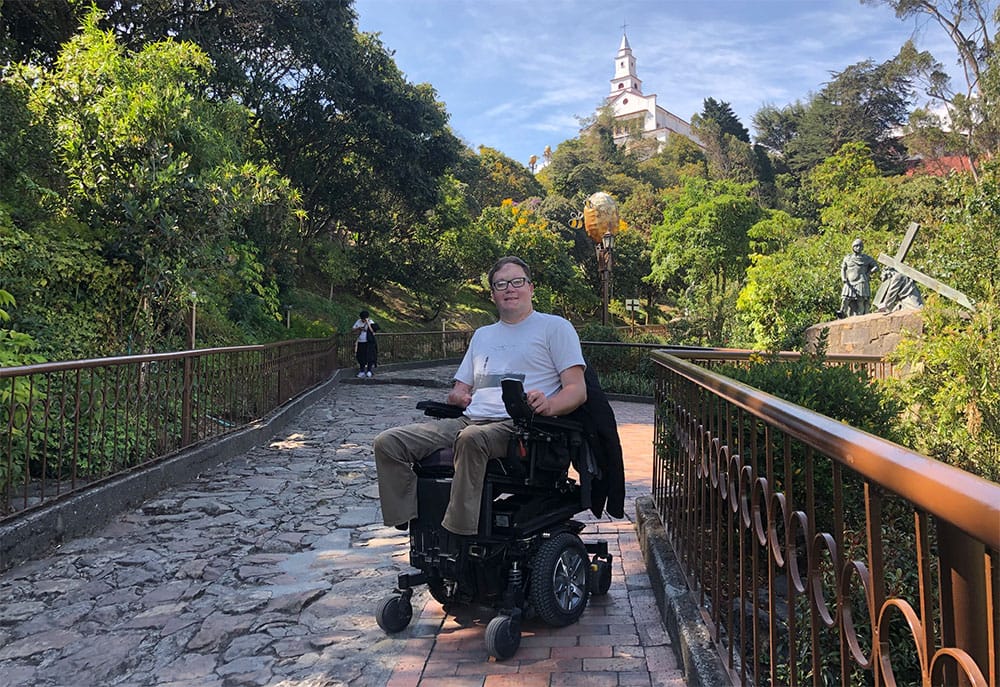
Once you make it to the top, there are a series of steep pathways that lead to a Catholic Church at the hill’s peak. Due to an extremely steep final slope, I wasn’t able to make it up to see the church, but I did get nearly there. Along the brick pathway, there are 14 Stations of the Cross which attract a large number of Christian pilgrims to the hill.
A trip to Monserrate should be on every tourist’s Bogota itinerary. What awaits are incredible views of the city below, the beauty of a lush hillside landscape, and the opportunity to ride a cable car or funicular. You’ll be sure to have a good time!
Botero Museum
Fernando Botero is a Colombian artist who has gained international recognition for his “Boterismo” style, which depicts people and figures in proportionally exaggerated sizes. Botero’s drawings, paintings and sculptures have been exhibited around the world, and there is a museum dedicated to his work (“Botero Museum”) in Bogota.
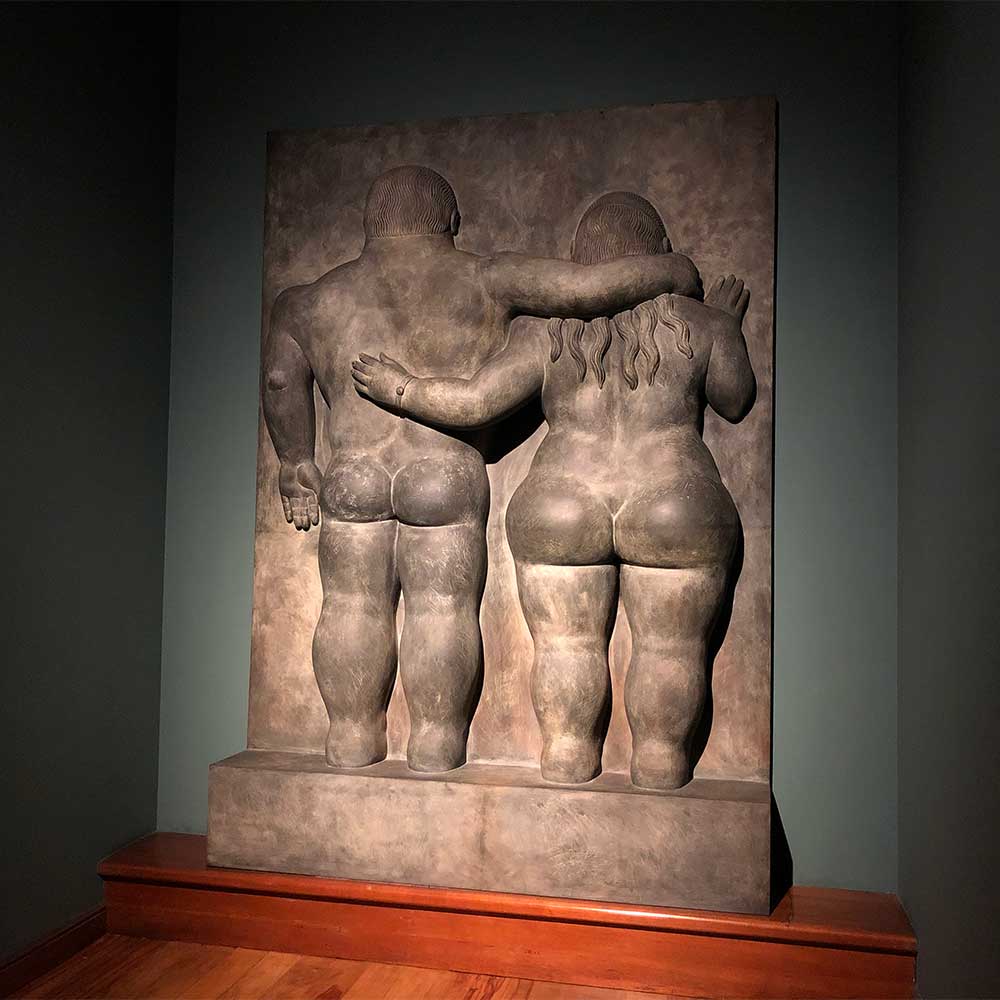
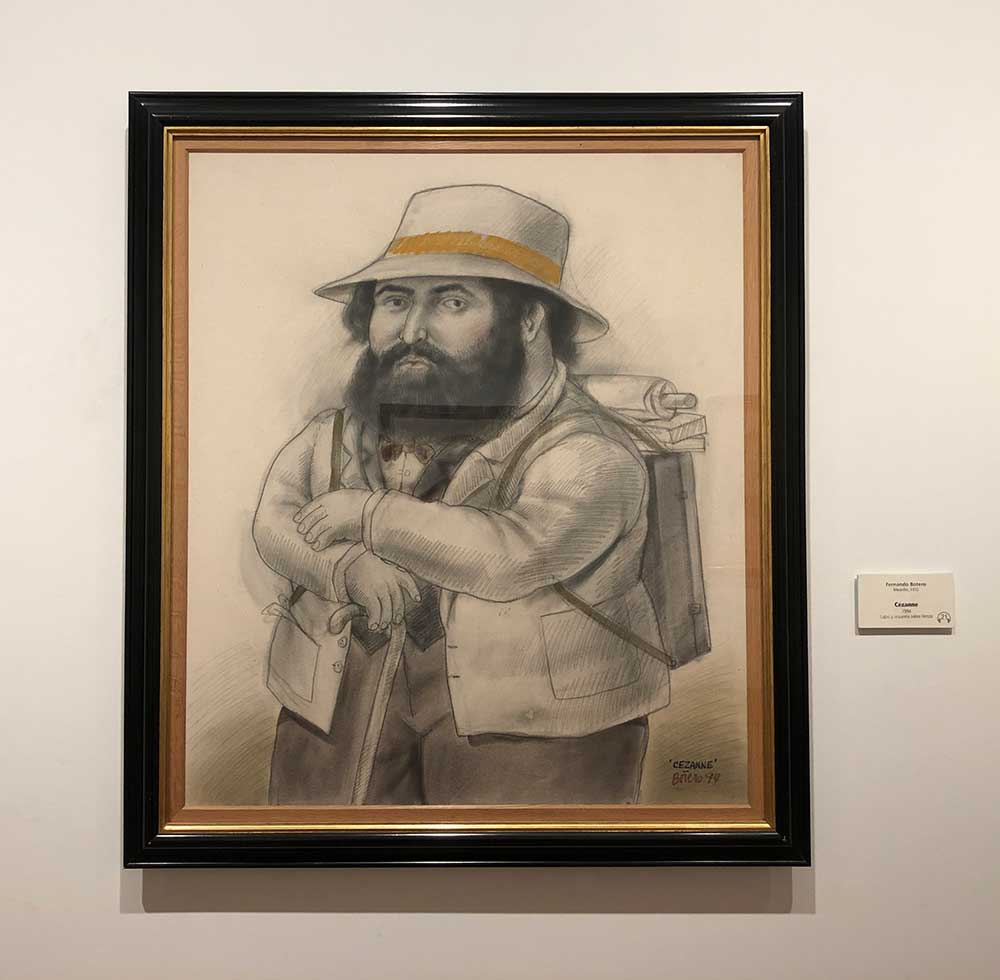
In addition to the artist’s own works, the Botero Museum features a number of pieces by renowned artists such as Salvador Dali, Henri Matisse, Claude Monet and Pablo Picasso. All of the works displayed in the museum were donated by Botero, and admission is completely free.
National Museum of Colombia
The National Museum of Colombia catalogues the history, art and culture of the Colombian people, and it is the country’s oldest museum. Established in 1823, the museum is now located inside of a fortress-like building that was originally used as a prison. Despite the building’s age, it is wheelchair accessible, with barrier-free entry to the vast majority of galleries.
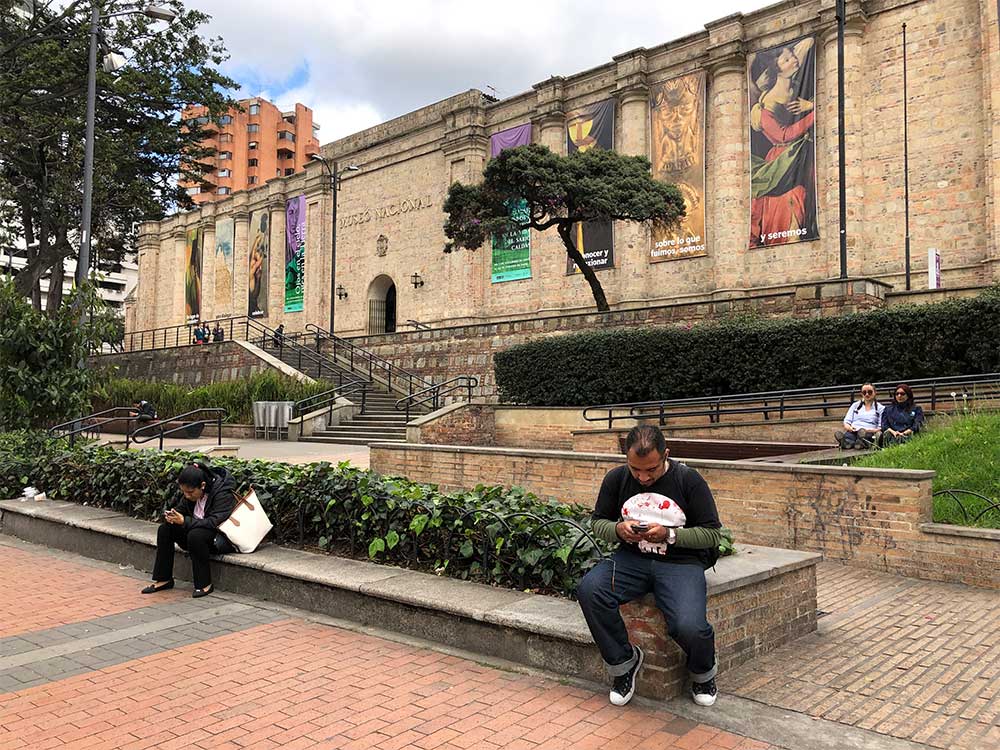
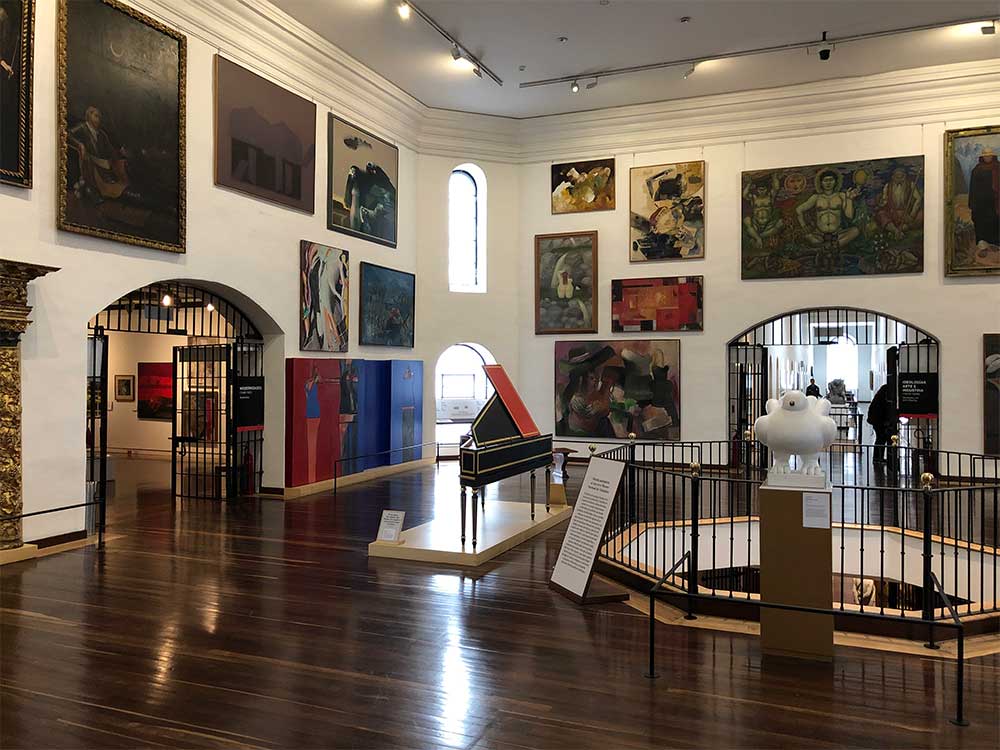
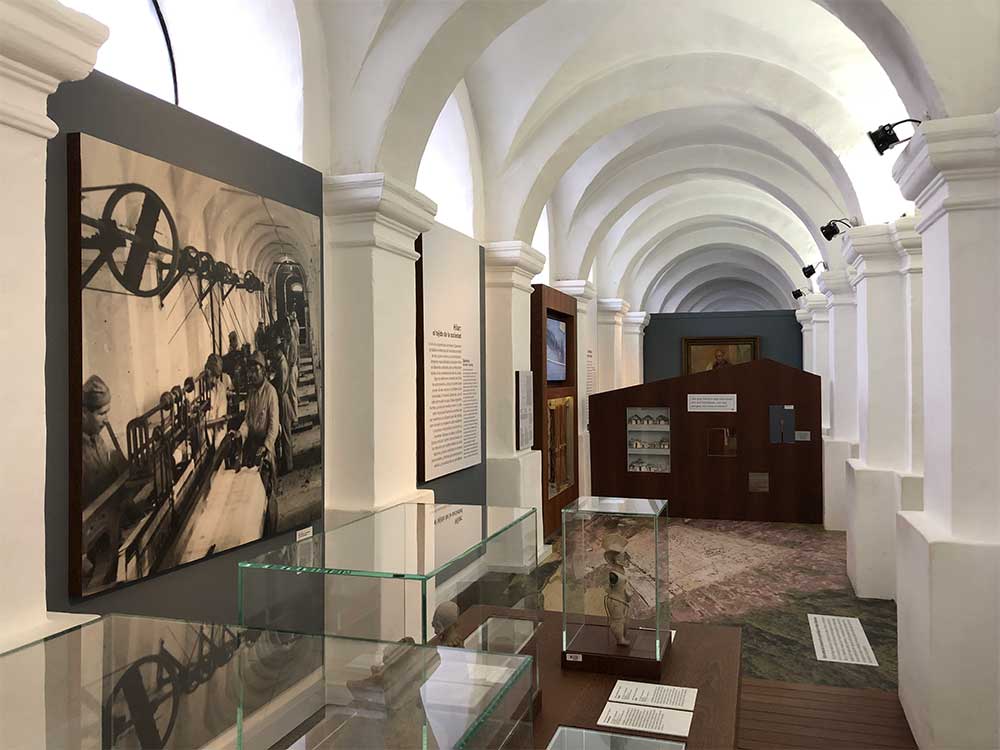
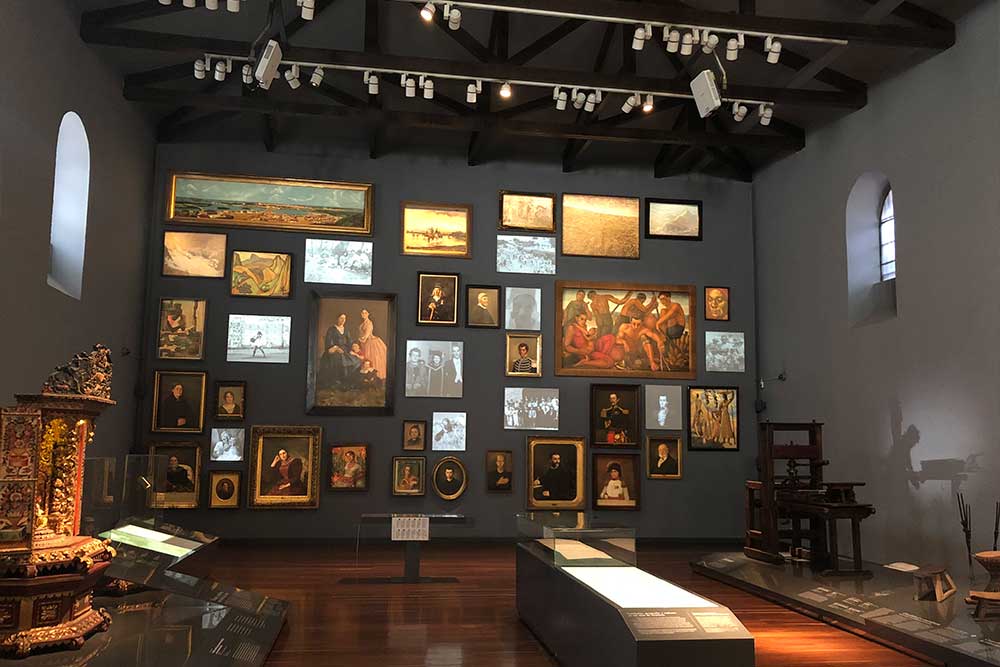
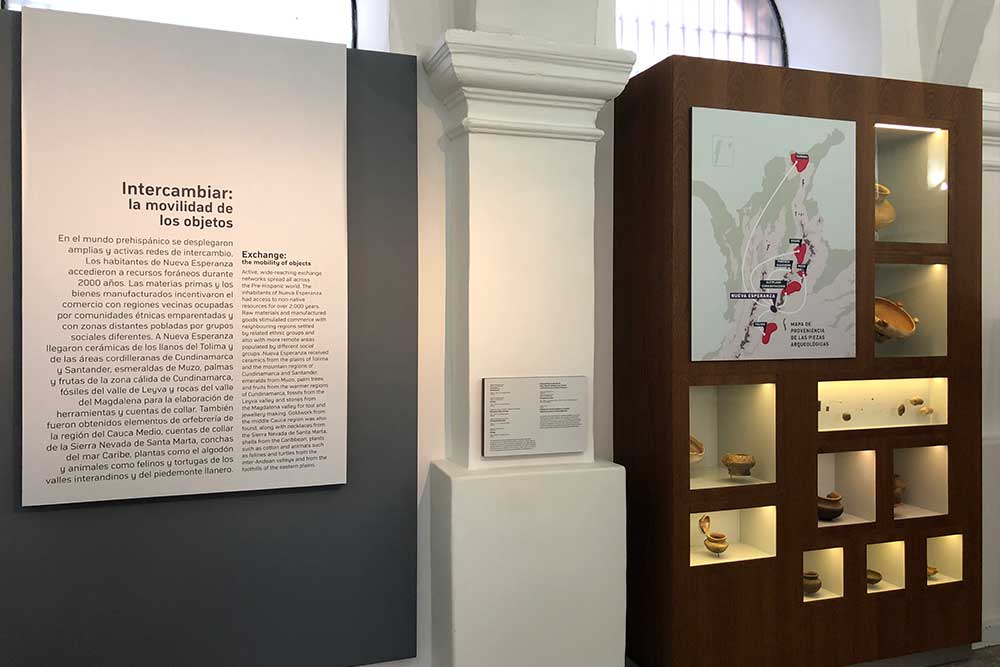
English translations are provided for the majority of exhibits, and history buffs should plan to spend two to three hours in the museum. The museum’s collection includes some 20,000 pieces of art and artifacts. The works of art on display range from the colonial period through the works of modern artists including Fernando Botero. Exhibits trace the history of Colombia, with some archaeological artifacts dating to pre-historic times.
The cost of admission for adults is $4,500 Colombian Pesos / COP, or about $1.25 USD. Some people with disabilities are admitted free, as well as seniors over 60 and children under 5 years old. For more information, visit the museum website.
Bolivar Square
Bolivar Square is Bogota’s central square, located in the historic district known as La Candelaria. The square is named for Simón Bolívar, the military and political leader who led much of South America to independence from Spanish rule.
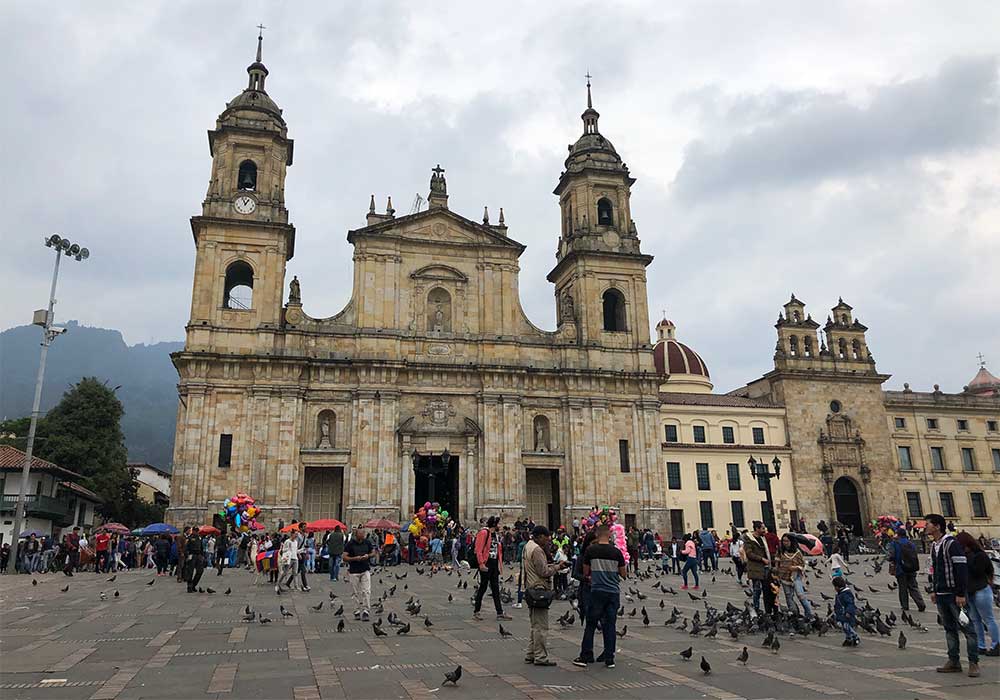
Pictured above and located on the East side of the square is the Cathedral Basilica of Bogota, a Roman Catholic Cathedral. Due to a curb around the building, I was not able to enter the cathedral, though some people did offer to lift my wheelchair. I regret not allowing them to do so, and will have to visit this church again in the future.
The Colombian capital building is located on the South side of the square, the Bogota city hall on the West side, and the Palace of Justice (Supreme Court) is on the North side. The plaza is always lively, but there are more pigeons looking for food than people! If the weather is nice, it’s a great place to come for a photo op, and many museums are located within walking distance of the square.
Simón Bolívar Metropolitan Park
Located about halfway between the Bogota Airport and downtown, Simon Bolivar Park is a greenspace of nearly 1,000 acres that is a popular spot for residents to relax, exercise and play.
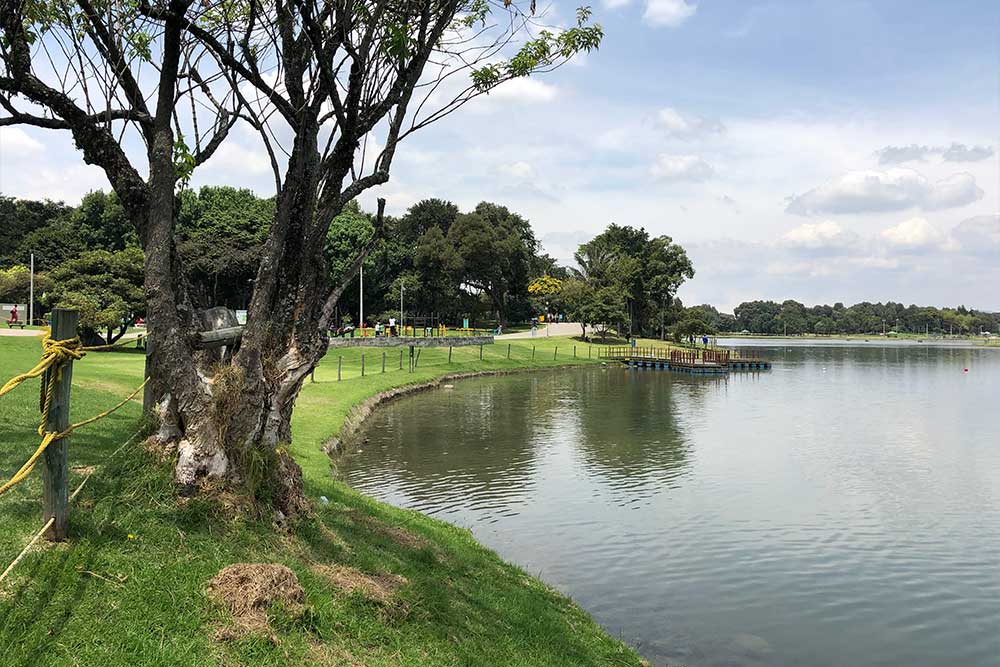
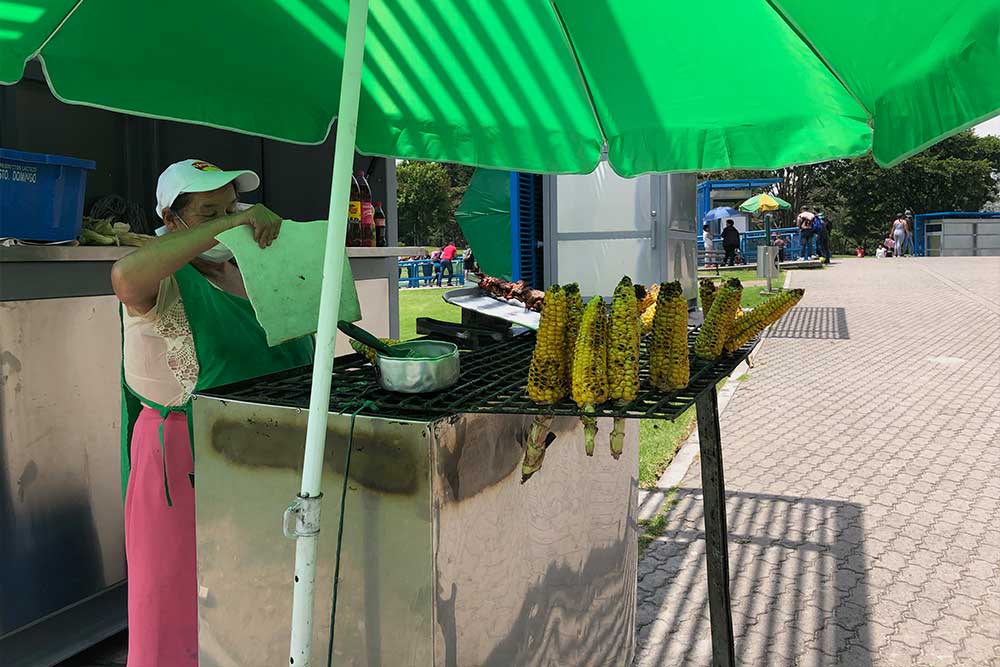
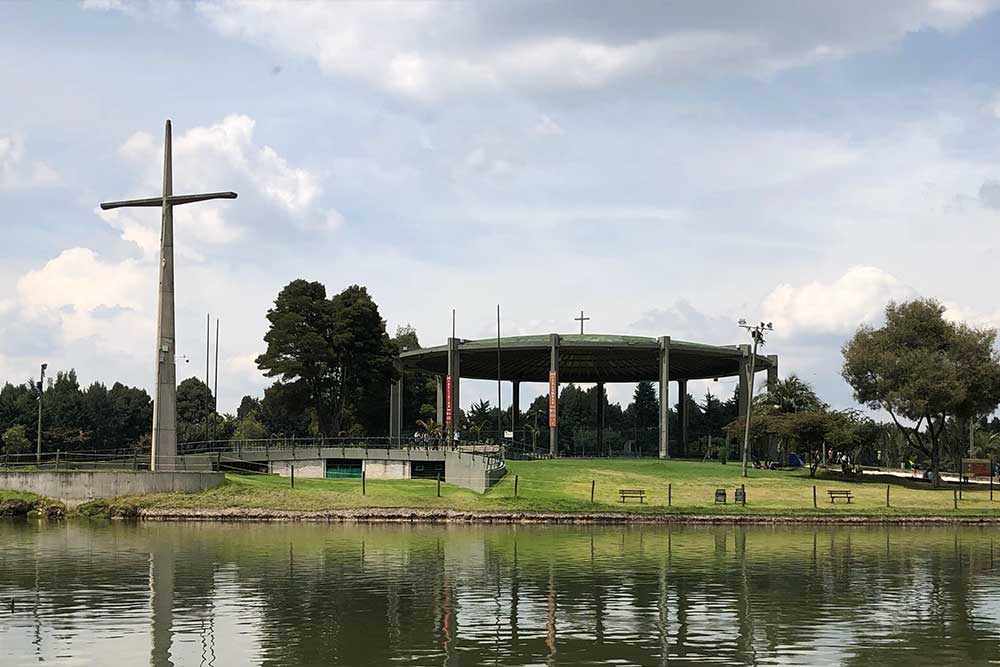
The park has a large lake at the center, jungle gyms for children, trails, picnic areas, concession stands and more. One interesting feature is a large outdoor temple, built in 1986 to welcome Pope John Paul II to Colombia. I tried to find an accessible route into the open air temple, but was unsuccessful. Steps, curbs and steep slopes prevented wheelchair access. Worth noting: There is an accessible bathroom inside the park, but toilet paper is not provided.
Planetarium of Bogota
The Bogota Planetarium, opened in 1969, is located in the city’s International center near Independence Park. In addition to a planetarium, the building is home to a space museum.
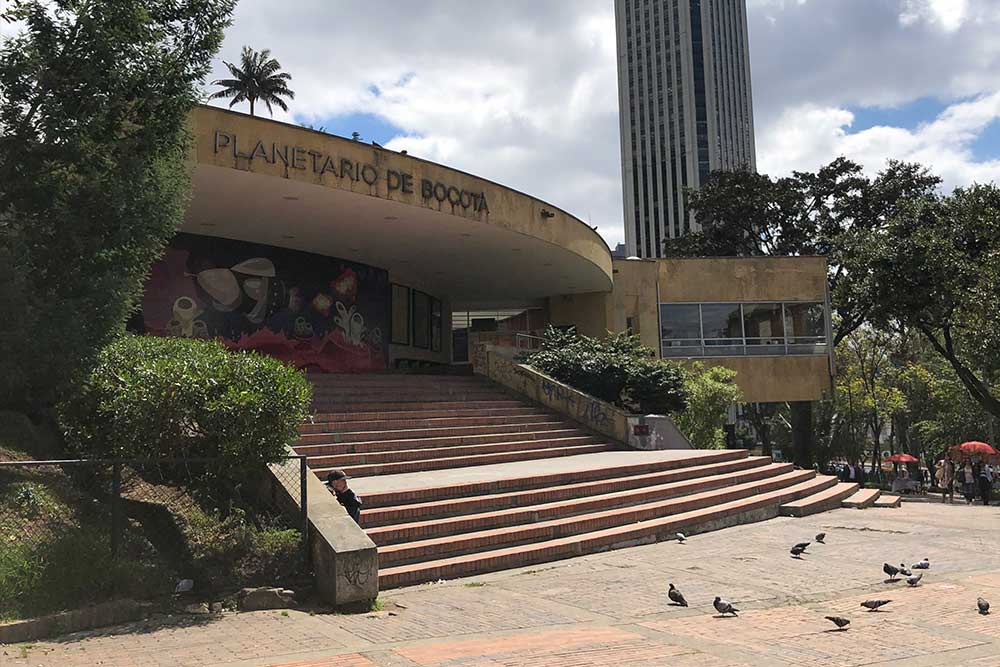
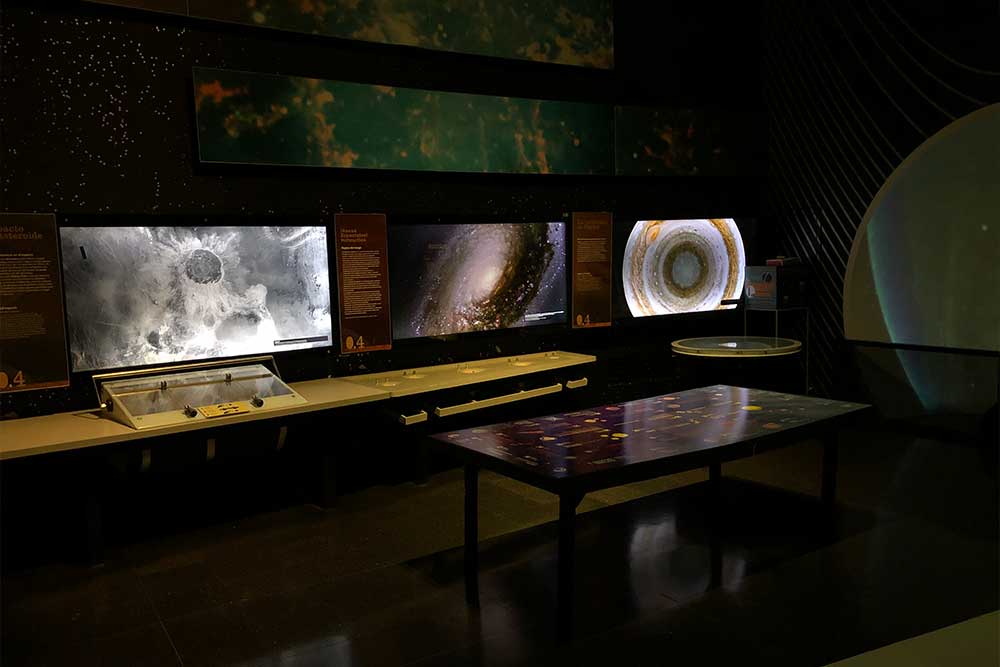
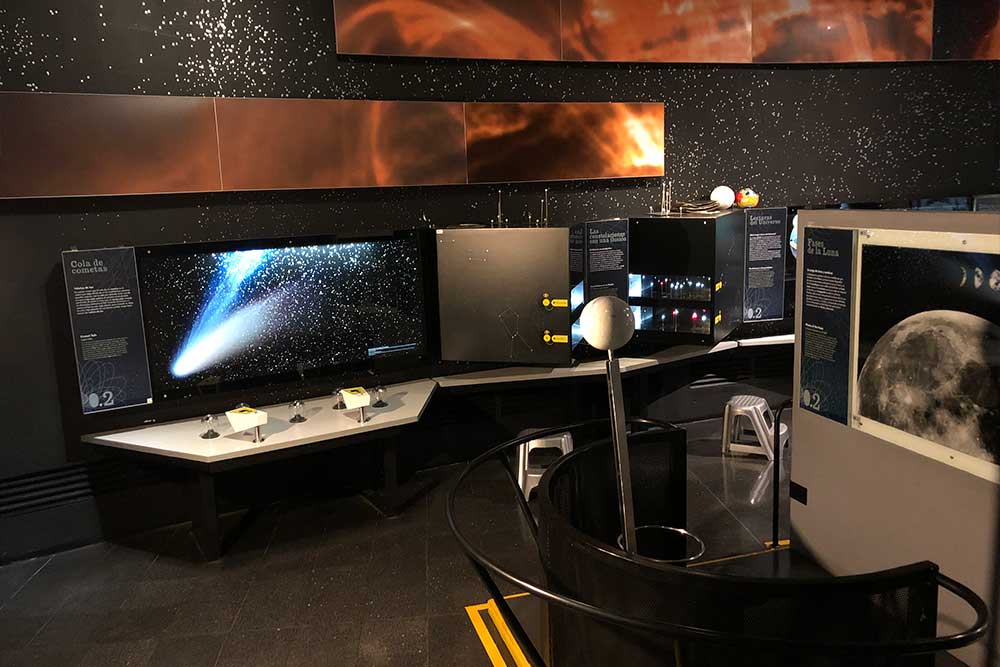
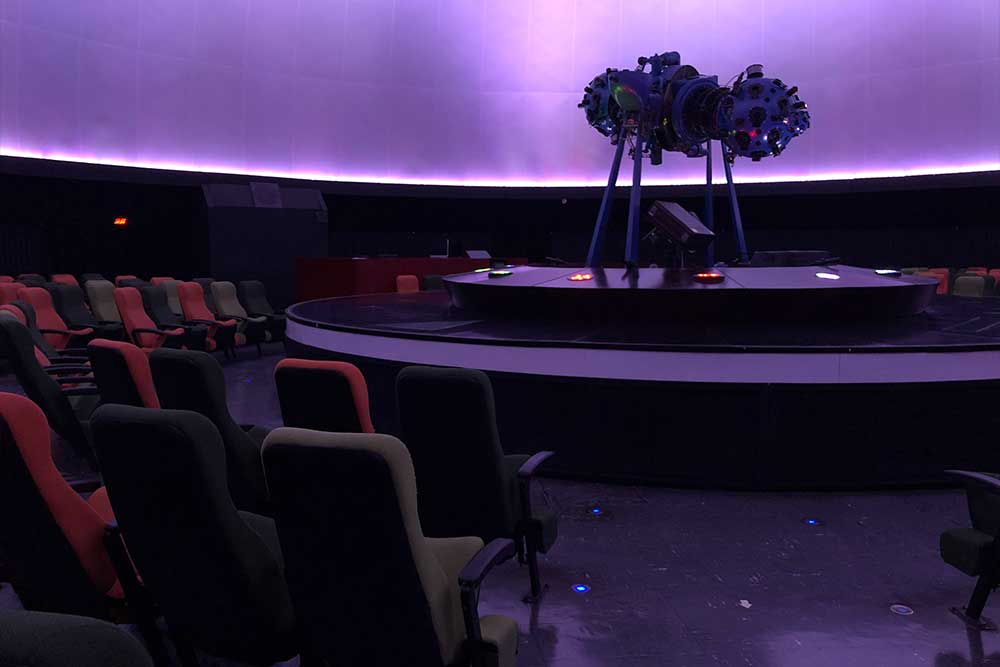

As someone who visits a lot of planetariums and science museums, I am not often impressed. The Bogota Planetarium was a nice change of pace, however. Museum staff engage visitors in conversation, and help visitors understand the content that is presented. One staff member, who happened to be a graduate student in the sciences, was especially knowledgeable.
The planetarium theater was also impressive, with large dome and an impressive projector. The presenter addressed audience members in both English and Spanish. Tickets for the shows were inexpensive, costing only a few dollars. Ramps and elevators provide access to the building and exhibits. For more information, visit the planetarium website (Spanish).
Bogota Museum of Modern Art (MAMBO)
The Bogotá Museum of Modern Art (MAMBO) was unfortunately closed during my trip to Bogota, but it is nonetheless an impressive museum. The museum regularly promotes new modern art exhibits, and admission is only 8,000 COP, or about two U.S. dollars. For more information, visit the MAMBO website.
Colonial Museum
The Colonial Museum is located in a former Jesuit school building, constructed in 1610. The building has been made to be accessible, following a renovation that included the installation of ramps.
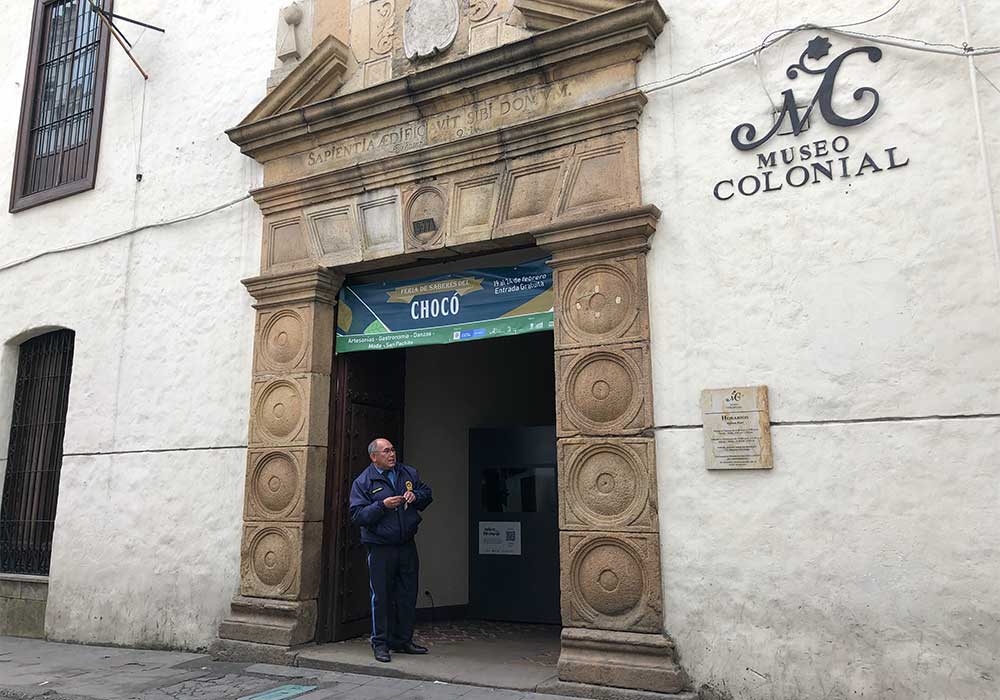
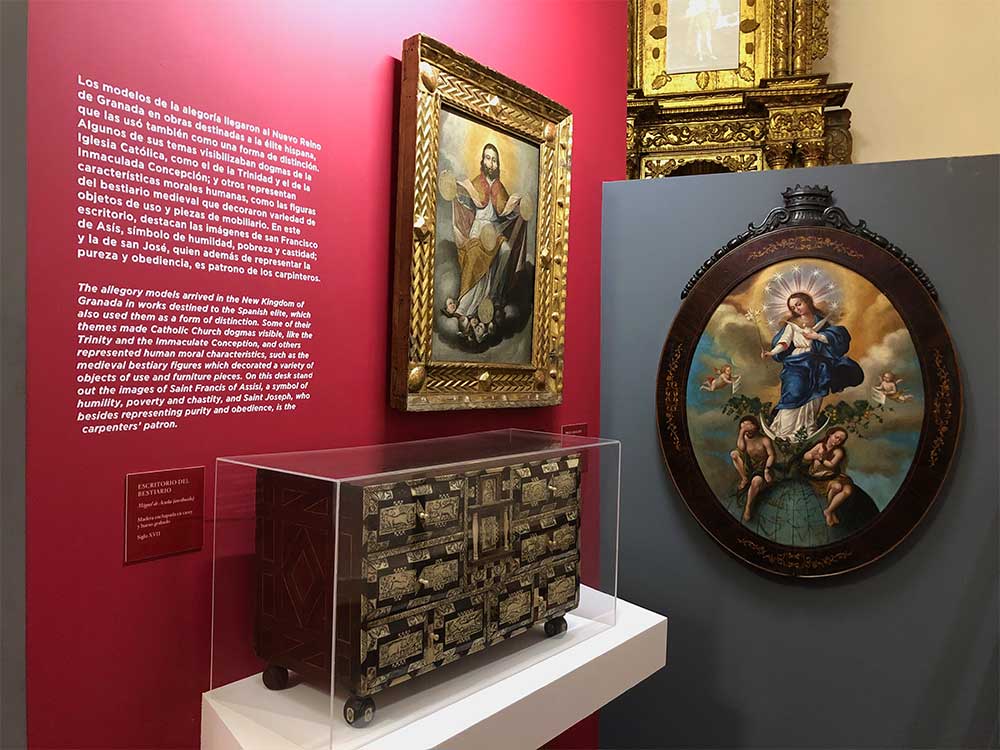
The museum’s exhibits focus primarily on the 16th to 18th centuries, and tell the story of colonialism in the region that is now Colombia. On display are paintings, sculptures and other forms of art, in addition to furniture, textiles and other artifacts. The majority of the exhibits feature English translations. For more information, visit the museum website (Spanish).
Gold Museum
The Gold Museum, or Museo del Oro, is presented by the Bank of the Republic of Columbia. It is Bogota’s most popular museum, attracting hundreds of thousands of visitors each year.
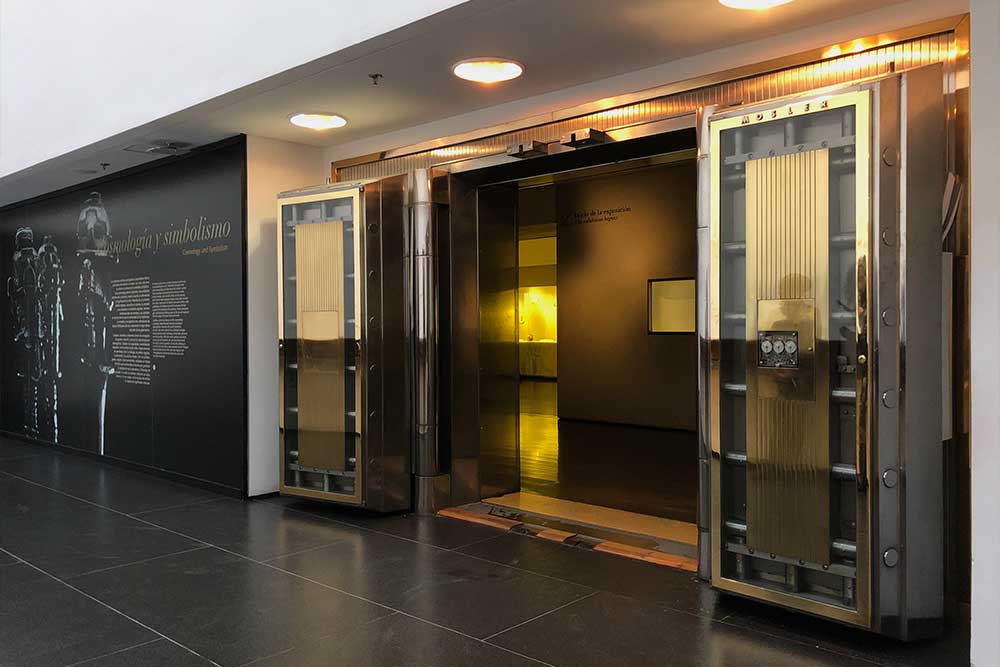
With some 55,000 pieces, the museum boasts the largest collection of gold artifacts in the world. The exhibits are expansive and spread across three different floors (each accessible by elevator). Many of the objects on display date to pre-Columbian times, the period prior to the European conquests in the Americas.
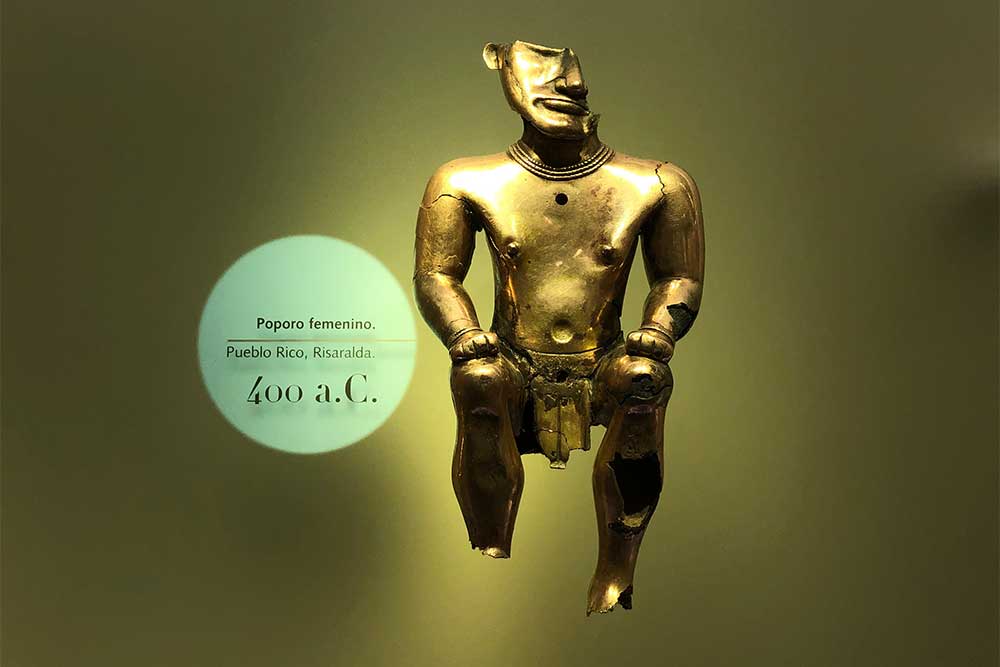
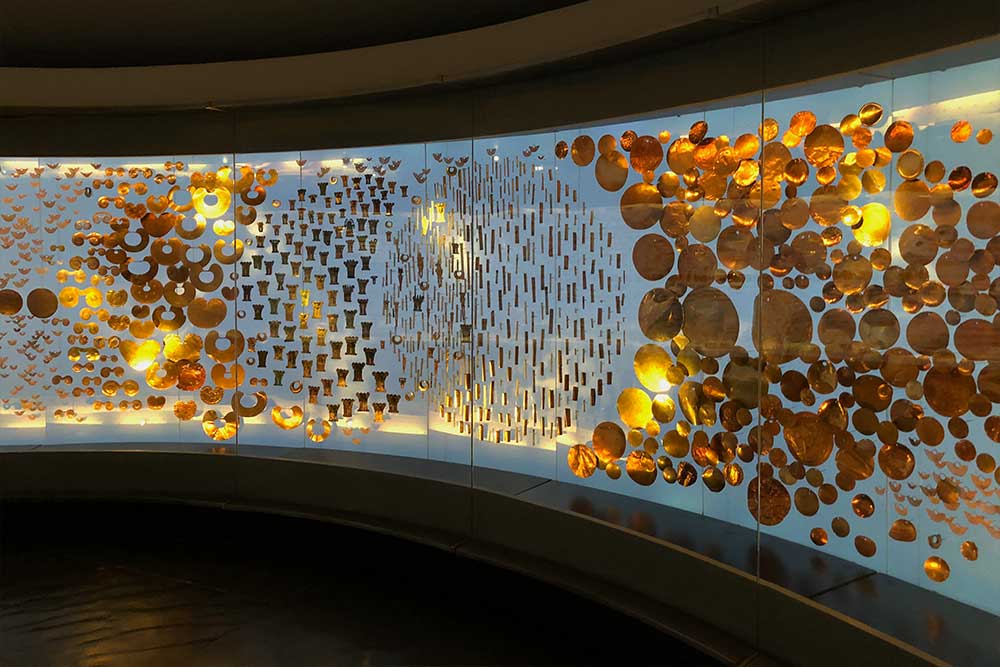
Visitors will be treated to a wide variety of artifacts made of gold and other metals, pieces which demonstrate the metallurgical skills of indigenous peoples, and the mastery of those skills over time. The museum is truly impressive, and offers visitors a unique opportunity to understand the region’s history.
The museum’s accessible entrance is located to the left of the building, on 16th Street (use the ramp). The cost of admission is 4,000 COP, or about one U.S. dollar. Free admission is offered to children under the age of 12 and seniors over 60. Admission is free for everyone on Sundays. For more information, visit the Gold Museum website (Spanish).



